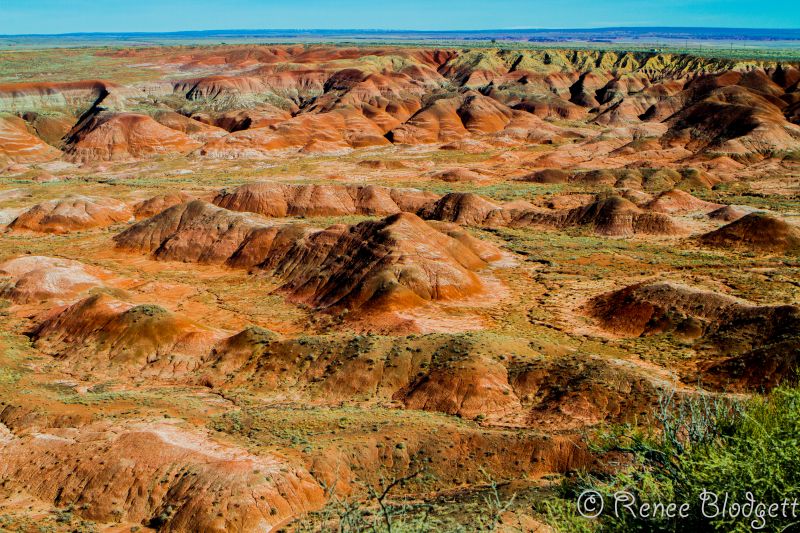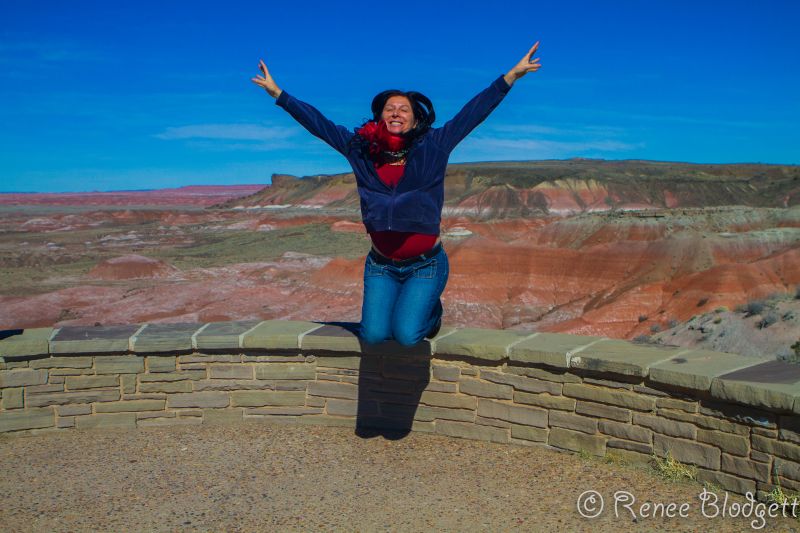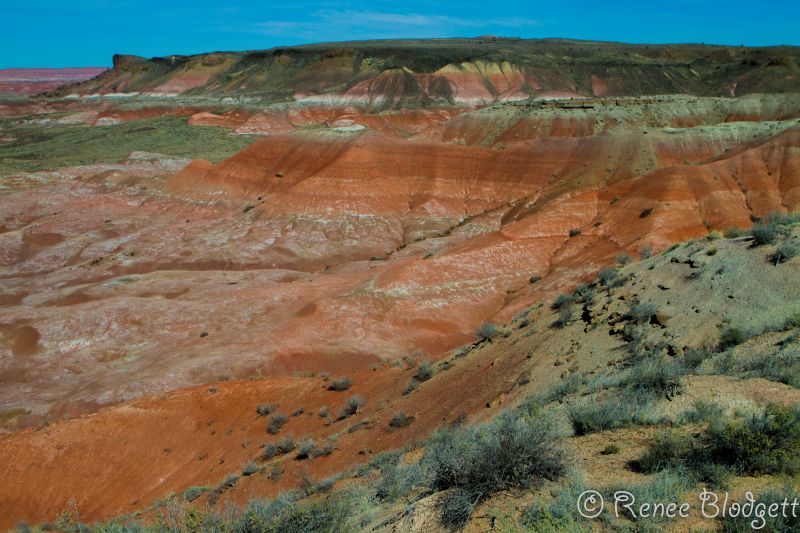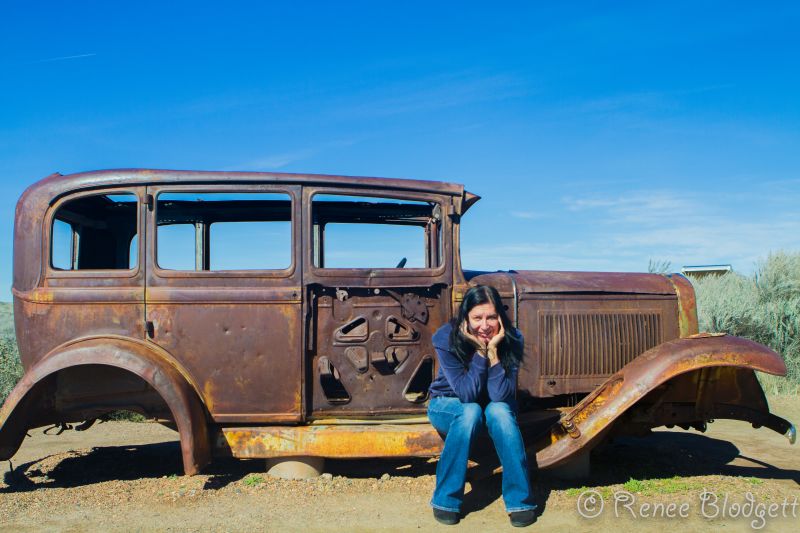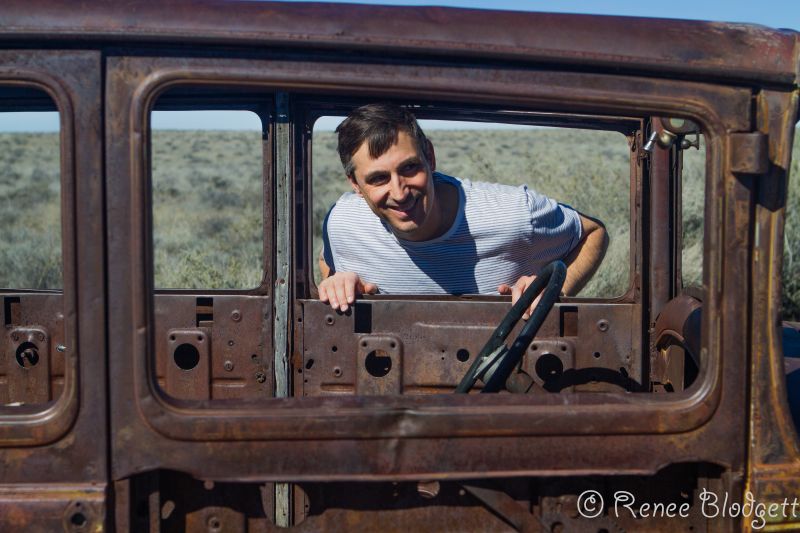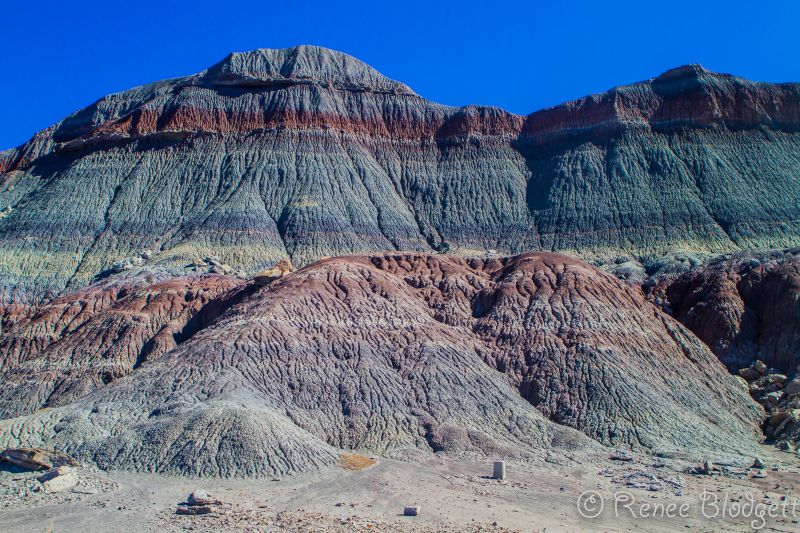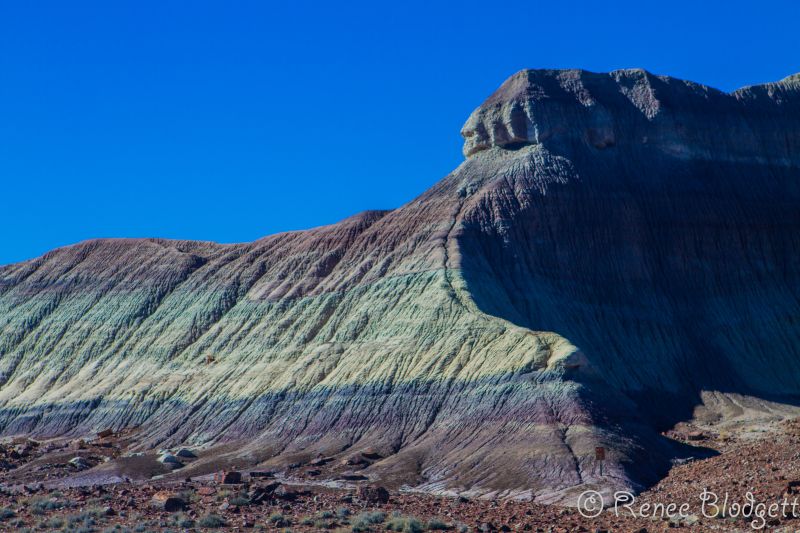There’s a pocket of stunning rock formations and scenery in eastern Arizona, nor far from a small town named Winslow as you make your way west from New Mexico. The Painted Desert is an area of the country where stories of climate and culture are essentially told in stone.
Here’s a little history and biology as to how this beautiful area came to life and has maintained the stunning vibrant colors it has today.
Crocodile-like reptiles, giant amphibians and small dinosaurs lived among a variety of ferns, cycads, and other plants and animals known only as fossils today. Paleontologists have studied fossils in the park since the 1920’s, finding the skeletons of the crocodile-like phytosaur; one of North America’s earliest dinosaur fossils, nicknamed “Gertie,” and a skeleton of the aetosaur Stagonolepis, a large heavily armored reptile that ate plants.
Later, trees fell, and swollen streams washed them into adjacent floodplains. A mix of silt, mud, and volcanic ash from distant volcanoes buried the logs and this sediment cut off the oxygen and slowed the logs’ decay. Then silica-laden groundwater seeped through the logs, replacing the original wood tissues with silica and petrifying the logs.
These trees lived over 200 million years ago and since then, continents moved to today’s positions, the region was uplifted, and the climate changed. What had been tropical environment became today’s semi-arid grassland. Over time, wind and water wore away the rock layers and exposed fossilized ancient plants and animals.
Petrified wood’s varied colors came from minerals in the silica-saturated water. Iron, carbon and mangenese made patterns and blends of yellow, red, black, blue, brown, white and pink. Surprisingly heavy, petrified wood weighs up to 200 pounds per cubic foot.
Evidence of early human occupation is readily visible in the Petrified Forest. Sites throughout the park area tell of human history in this area for over 13,000 years. We do not know the entire story, but there were separate occupations with a cultural transition from wandering families to settled agricultural villages, or pueblos, and trading ties throughout the region. Evidence in the park of these early people fade around 1400, but their earlier dwellings, potsherds and petrogylphs still tell their story. Fascinating right?
In the mid-1800’s, federal mappers and surveyors explored here, telling of a remarkable “Painted Desert” and its trees turned to stone. Next came pioneers, ranchers and sightseers. Wood was used for souvenirs and commercial ventures until residents of the region realized that petrified wood supplies were not endless. In 1906, President Theodore Roosevelt set aside select stands of the petrified trees as Petrified Forest National Monument, protecting the area.
Forward wind the clock. What remains from this ancient time is a stunning petrified forest that tells a the story of a very rich past. As you drive through this area, you will come face-to-face with a painted desert of vibrant colors — rock formations layered across a valley that can be described as nothing short of breathtaking. Join me on a visual journey for a few minutes…..
Research continues to unlock the wealth of the geological, paleontological and human stories preserved here for this and future generations. I would count on a full day for the drive, although many say you can do it in a few hours to a half day. Because the area is so beautiful, it’s worth stopping and taking it all in, through short walks, meditating at will or capturing photographs as I so gleefully did with my Canon 7D.
There are three visitor facilities in the park: Painted Desert Visitor Center and Rainbow Forest Museum offer exhibits and a 20 minute orientation movie. Painted Desert Inn National Historic Landmark is a Pueblo Revival-style structure with cultural history exhibits.
The Park Road is a 28 mile road that offers overlooks with long-distance vistas of the Painted Desert and parking areas for access to hiking trails, picnic areas and designated wilderness. Bring a picnic lunch and take time to absorb the beauty. There’s very few places in the world that offer you the unbridled natural wonderland that the Painted Desert offers.
The Tawa Point and Rim Trail is an easy one-mile round trip between Tawa and Kachina points, which is an unpaved trail with wayside exhibits and plant identification signs throughout. The Kachina Point and Rim Trail was renovated by the Civilian Conservation Corps and in this area, you can get extensive views of the Painted Desert and murals by Hopi artist Fred Kabotie.
The Puerco Pueblo is a partially stabilized 100-room village built between 1250 and 1380 and may have housed nearly 200 people at the time. There’s a short paved trail to the site where you can also see views of petroglyphs.
Also worth noting is Jasper Forest and Crystal Forest and Trail which is an easy 0.8 mile paved trail through a landscape of exquisitely colorful petrified logs that once held glassy amethyst and quartz crystals. The Giant Logs Trail is a short paved trail with stairs and passes the park’s most massive log, known as “Old Faithful.”
Newspaper Rock offers you an overlook where you can see hundreds of petroglyphs that are etched into stone. Below, we came across a rusted abandoned truck along the side of the road – beyond it was a grassy flatland that sprawled for miles.
Colors in the Tepees area below, are part of the Blue Mesa Member, one of the park’s oldest layers of the Chinle Formaton. The distinctive colors banding these landforms are ancient layers deposited by the Triassic river system. Layered blues, purples, and grays created by iron, carbon, manganese and other minerals stand in cone-shaped formations.
You can use Holbrook or Winslow as your base and head out from here. I’d strongly recommend La Posada Hotel, a historical and creative boutique hotel where you can stay in a unique hotel named after a famous historian, author, celebrity, author, musician or actor. Two thumbs up. See my review on the hotel as well as the top notch restaurant located inside the hotel – The Turquoise Room. The food is out of this world (see tons of mouthwatering photos) and well worth the stop even if you don’t stay at the hotel.
It’s easy access from Route I-40 from either the east or the west. The Petrified Forest National Park is one of over 390 parks in the National Park System. More information can be found through www.nps.gov.

Renee Blodgett is the founder of We Blog the World. The site combines the magic of an online culture and travel magazine with a global blog network and has contributors from every continent in the world. Having lived in 10 countries and explored nearly 80, she is an avid traveler, and a lover, observer and participant in cultural diversity.
She is also the CEO and founder of Magic Sauce Media, a new media services consultancy focused on viral marketing, social media, branding, events and PR. For over 20 years, she has helped companies from 12 countries get traction in the market. Known for her global and organic approach to product and corporate launches, Renee practices what she pitches and as an active user of social media, she helps clients navigate digital waters from around the world. Renee has been blogging for over 16 years and regularly writes on her personal blog Down the Avenue, Huffington Post, BlogHer, We Blog the World and other sites. She was ranked #12 Social Media Influencer by Forbes Magazine and is listed as a new media influencer and game changer on various sites and books on the new media revolution. In 2013, she was listed as the 6th most influential woman in social media by Forbes Magazine on a Top 20 List.
Her passion for art, storytelling and photography led to the launch of Magic Sauce Photography, which is a visual extension of her writing, the result of which has led to producing six photo books: Galapagos Islands, London, South Africa, Rome, Urbanization and Ecuador.
Renee is also the co-founder of Traveling Geeks, an initiative that brings entrepreneurs, thought leaders, bloggers, creators, curators and influencers to other countries to share and learn from peers, governments, corporations, and the general public in order to educate, share, evaluate, and promote innovative technologies.





